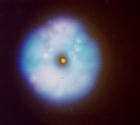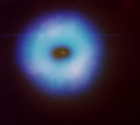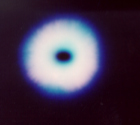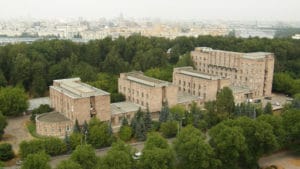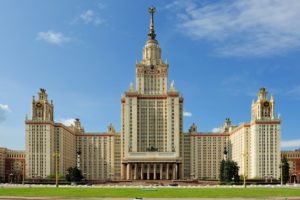To obtain proofs of differences existing between physical properties of water molecules subjected to various kinds of treatment and dependence of the physiological responses of living creatures on such properties, a number of tests were performed with use of methods specially designed for the purpose. The following three water samples were selected for the tests:
- Sample W: water sample taken out of Moscow City Western Administrative Circuit water supply system;
- Sample F: water sample put through a purification system by reverse osmosis method with a nanomembrane used at one of the purification cascades. Sample W was the source of water for the purification system. Water purification household system (Series: EE-RO-6PF, manufacturer: ZEPTER) was used as the purification appliance;
- Sample T: water sample obtained through treatment of Sample F with Aquator field generator.
The problem-addressing laboratory for scientific substantiation of traditional methods of diagnosing and treatment of Russian Ministry for Health, Federal Research Clinical & Experimental Center for Traditional Methods of Diagnosing and Treatment, made a study of under-test water sample electric conductivity by method of differential & conductometric measuring. As shown by data obtained, all samples tested were mutually dissimilar qualitatively, as far as kinetic dependence of changes in electric conductivity is concerned. Which, with Sample F and Sample T mutually identical in their chemical composition, proved that (first and foremost) there were differences in physical properties of water molecules put through different kinds of treatment. More details >>
